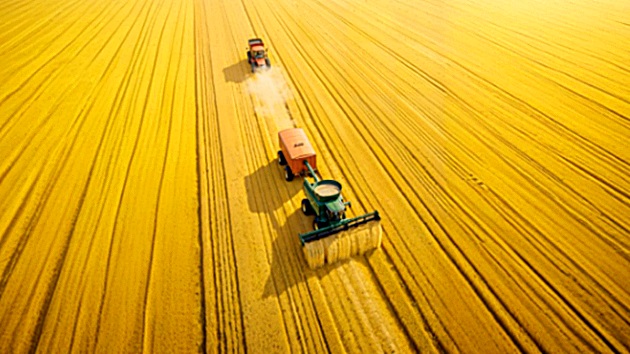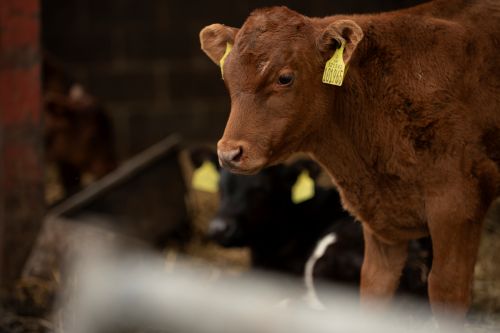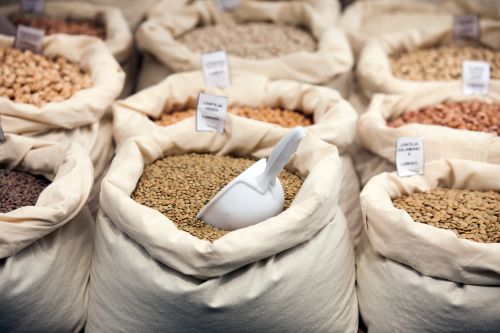
European Grain Growers Show Strong Interest in Autonomous Machinery, But Cost and Understanding Remain Key Barriers
A recent EU-wide survey of grain growers, cited by FutureFarming, reveals strong interest in autonomous agricultural machinery. However, cost concerns and limited understanding of the technology are major obstacles to adoption.
Productivity and Time Savings Drive Interest
Farmers already using autonomous technologies — including drones, robots, and semi-autonomous tools like GPS and spot spraying — cited productivity (73%) and time savings (65%) as the main benefits.
Still, many grain growers remain hesitant due to a lack of clarity — both regarding how the technology works and what tangible benefits it offers. This dual challenge echoes broader findings from research on technology adoption in European agriculture.
Curiosity vs. Barriers to Adoption
Nearly two-thirds of respondents (61%) expressed interest in learning more about autonomous machinery. However, affordability (52%) and installation costs (39%) were cited as key concerns holding them back.
Connectivity issues in rural and remote areas further complicate adoption. Reliable mobile and internet services are essential for these technologies to function effectively.
Preferred Engagement Channels
Among those eager to learn more, the most preferred engagement methods included:
- On-farm field days (62%)
- Grains Research and Development Corporation (GRDC) (57%)
- Machinery dealers (49%)
- Online videos (43%)
- Webinars (35%)
Despite the launch of a Code of Practice for Autonomous Machinery by GPA, TMA, and SPAA in 2019, a staggering 80% of respondents had never heard of it. Of the 20% who had, most (71%) were only familiar with its name.
Boosting Adoption: Education, Training, and Clearer Guidelines
To accelerate adoption, there is a clear need for clearer definitions, targeted education, and practical training — such as on-field demonstrations and online modules. Collaboration with industry groups like GRDC and local dealers will be critical in closing the knowledge gap.
Promoting the Code of Practice through conferences and digital outreach activities can also help raise awareness.
Financial Support Measures
Financial support — including grants, ROI calculators, and decision-making tools — could ease the financial burden for farmers. Collaboration with policymakers to improve internet access and ensure equipment compatibility will further support integration.
With the global smart farming systems market projected to reach AUD 272 billion (EUR 182 billion) by 2027, overcoming financial and knowledge-based barriers is crucial if Europe’s grain producers are to remain competitive.





